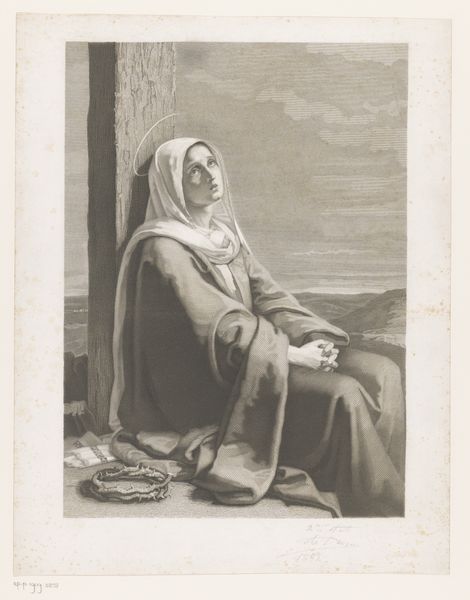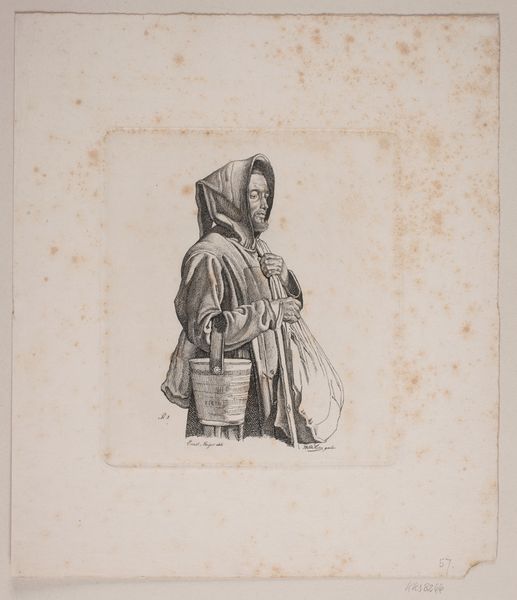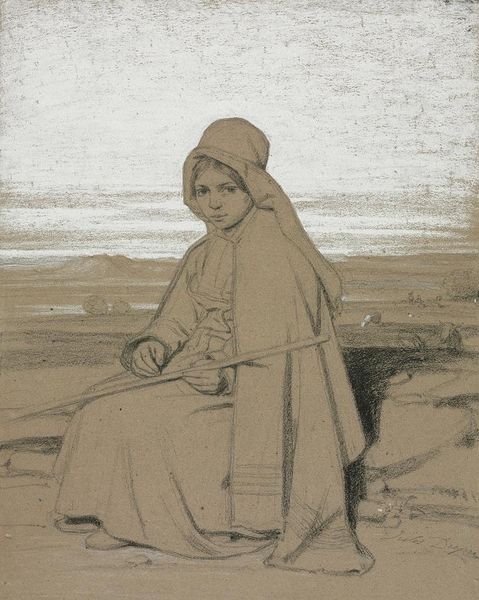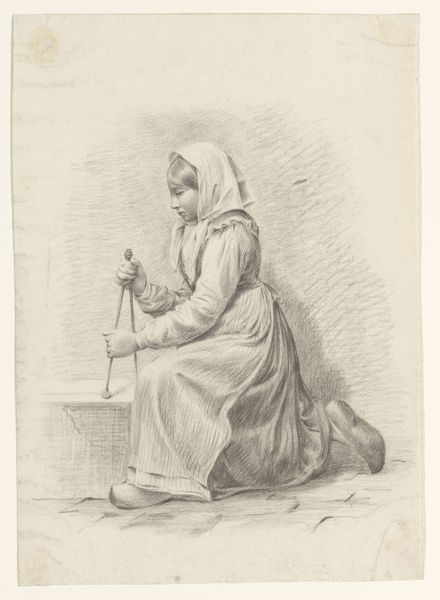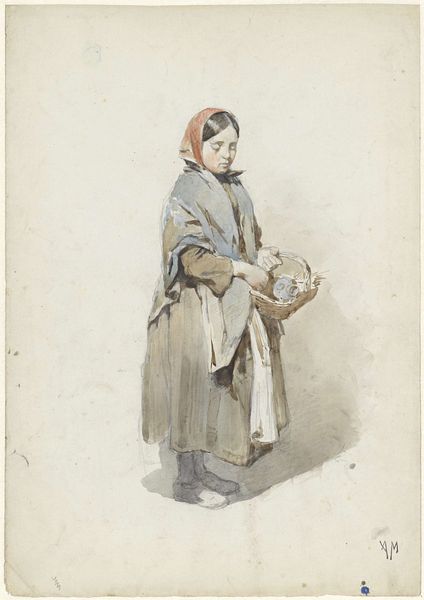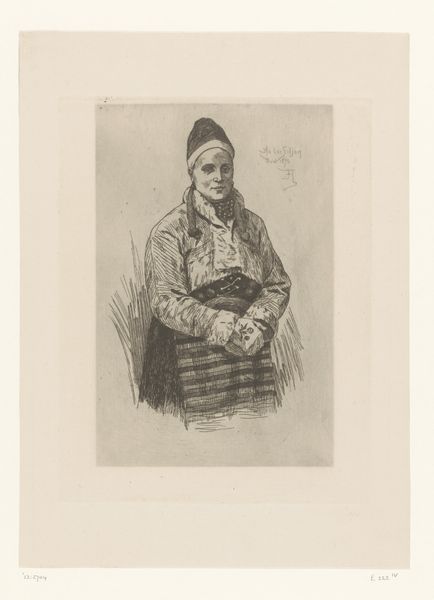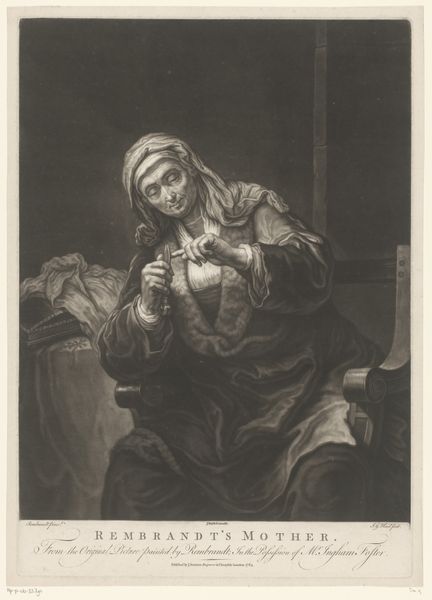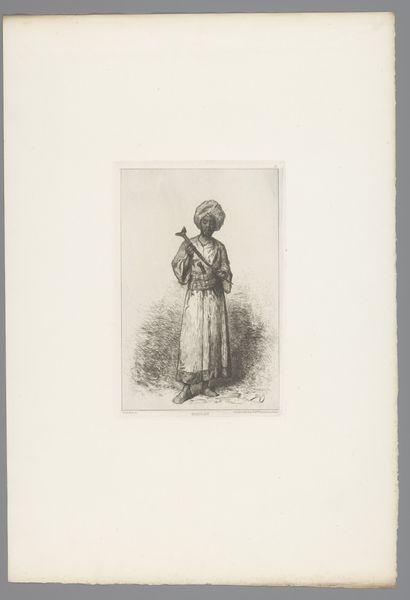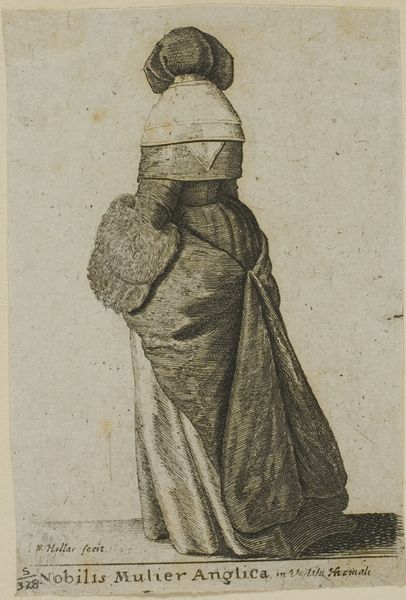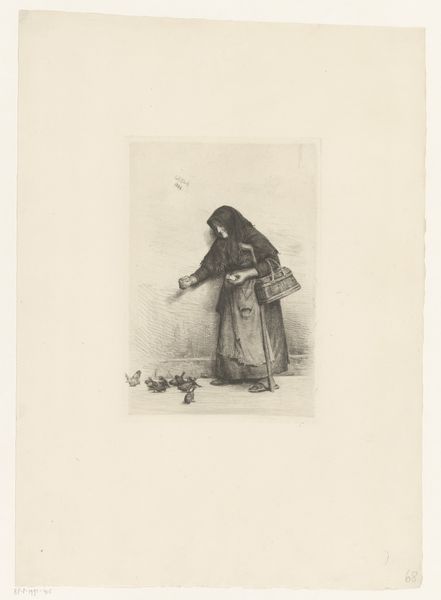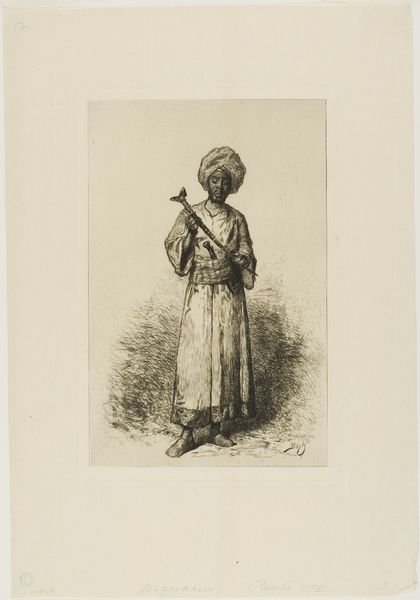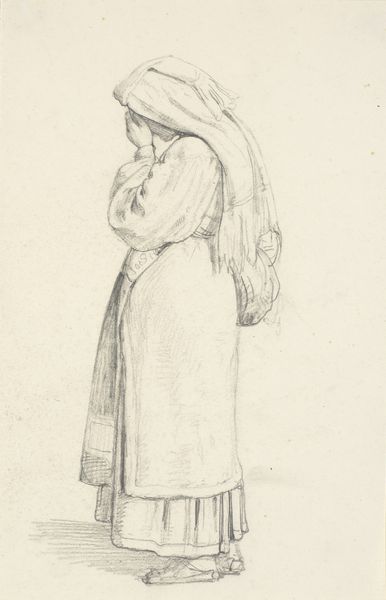
Copyright: Public Domain
Friedrich Wilhelm Ludwig made this watercolour, Roman Monk, in the 19th century. The solitary monk, head bowed and hands clasped around a rosary, represents a figure of spiritual contemplation and devotion. Paintings of religious figures like this in nineteenth-century Germany are often linked to broader social and cultural concerns, such as the relationship between the state and the church. Following the Napoleonic Wars, there was a growth of religious sentiment. Ludwig's image of the monk taps into this longing for spiritual renewal. Was this a symbol of piety, or a critique of religious institutions? To understand the painting's meaning, art historians can turn to archival records, such as letters, diaries, and institutional documents. We can shed light on the complex ways in which art reflects and shapes the societies in which it is created.
Comments
No comments
Be the first to comment and join the conversation on the ultimate creative platform.

